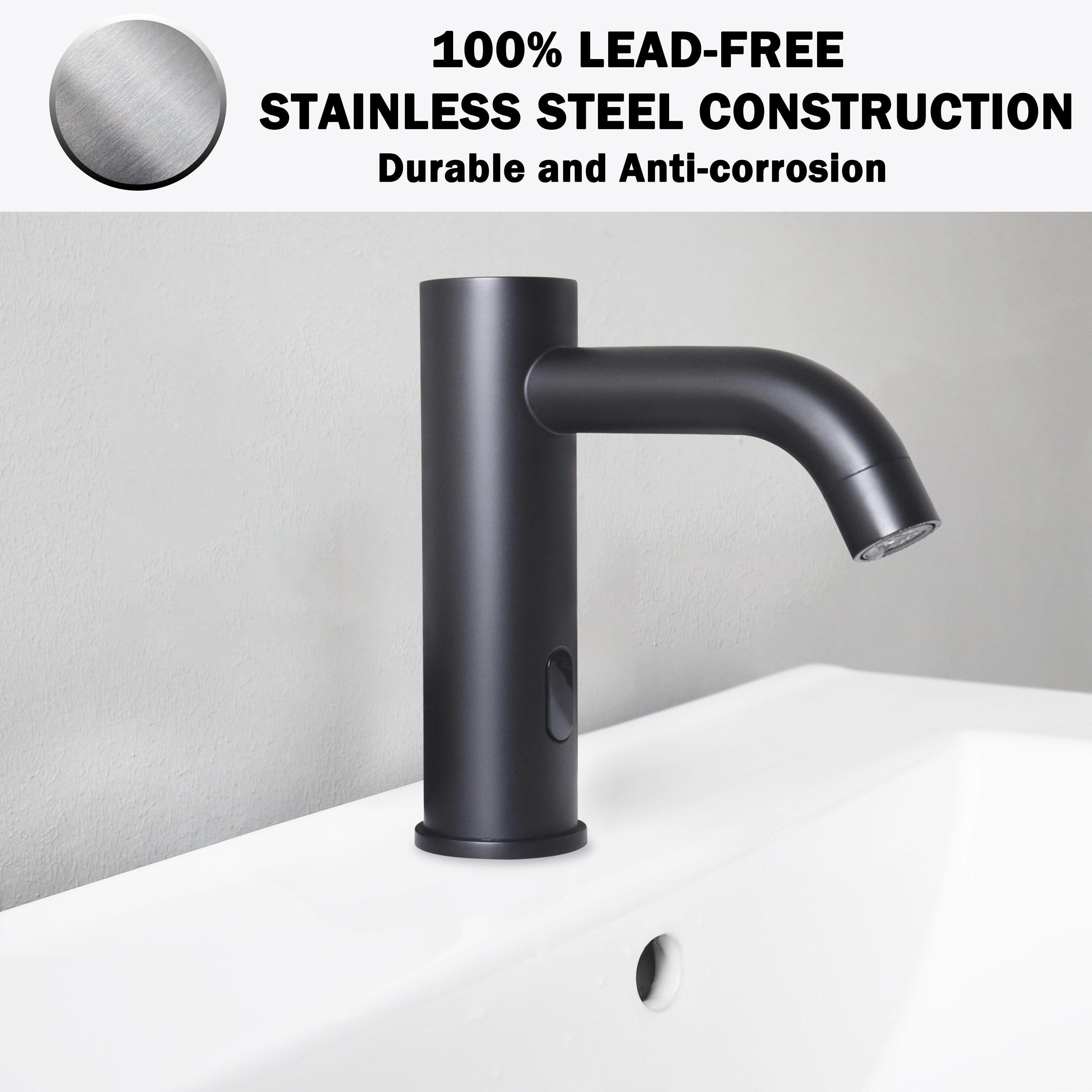Email format error
Email cannot be empty
Email already exists
6-20 characters(letters plus numbers only)
The password is inconsistent
Email format error
Email cannot be empty
Email does not exist
6-20 characters(letters plus numbers only)
The password is inconsistent


As one of the best sensor faucet manufacturers, we understand that while automatic sensor faucets offer convenience and hygiene benefits, they can sometimes encounter problems. In this blog, we will discuss common issues that users may face with sensor faucets and provide practical solutions to resolve them. Whether you are a homeowner or a facility manager, this guide will help you troubleshoot and fix these problems effectively.
1. Low Battery Power:
- Check the battery compartment for corrosion or loose connections.
- Replace the batteries with fresh ones and ensure they are properly inserted.
- Regularly monitor battery levels to avoid sudden power loss.
2. Sensor Blockage:
- Clean the sensor area with a mild soap solution and a soft cloth.
- Remove any debris or mineral buildup that might be obstructing the sensor.
- Avoid using abrasive cleaners or harsh chemicals that can damage the sensor.
3. Sensor Range Adjustment:
- Consult the user manual to locate the sensor range adjustment settings.
- Increase or decrease the range to ensure optimal detection without false activations.
- Test the faucet after adjusting the range to verify its effectiveness.
1. Insufficient Water Pressure:
- Check the water supply valves to ensure they are fully open.
- Clean or replace clogged aerators or filters that may restrict water flow.
- If the problem persists, consult a plumber to inspect the plumbing system.
2. Continuous Water Flow:
- Inspect the solenoid valve for any damage or debris that may prevent it from closing properly.
- Adjust the solenoid valve's timer or sensor sensitivity settings to regulate water flow.
- If needed, replace the solenoid valve with a compatible one from a trusted manufacturer.
1. Mixing Valve Malfunction:
- Inspect the mixing valve for any leaks or malfunctions.
- Clean or replace the mixing valve cartridge if necessary.
- Verify that the hot and cold water supply lines are correctly connected.
2. Sensor Calibration:
- Follow the manufacturer's instructions to recalibrate the sensor for accurate temperature control.
- Ensure the sensor is not affected by nearby heat sources or direct sunlight.
1. Regular Cleaning:
- Clean the faucet regularly to prevent mineral buildup and maintain optimal sensor performance.
- Use a non-abrasive cleaner and a soft cloth to avoid damaging the finish.
2. Periodic Inspections:
- Conduct routine inspections to identify any loose connections or worn-out components.
- Promptly address any issues found during inspections to prevent further damage.
Conclusion
By addressing common problems with automatic sensor faucets and implementing the suggested solutions, you can ensure the smooth and reliable operation of your sensor faucets. Remember to perform regular maintenance and seek professional assistance when needed. As one of the best sensor faucet manufacturers, we are committed to providing high-quality products that enhance your user experience and simplify your daily routines.